Rocky Mountain Altitude Alloy 30 2022 – Beige/Green
$321.00 Original price was: $321.00.$98.99Current price is: $98.99.
- Safe Transactions, Always
- Buy with Peace of Mind
- Nature-friendly materials, 100%.
- Quality Products, Quality Service

ROCKY MOUNTAIN ALTITUDE ALLOY 30 2022 – BEIGE/GREEN
Look, I’m just going to say this from the beginning.
If you’re searching for a new (relatively) affordable Enduro/Trail mountain bike with above average components from a premium mountain bike brand, then the Altitude Alloy 30 is it.
Like, that’s it – search done.
And now I’ll explain why:
The Altitude is for riders who are graduating from a mid-travel 130-150mm bike. It’s for those who want the perfect balance of pedalling efficiency and high-speed stability paired to enormous amounts of logic-defying grip and traction.
Unlike many Enduro mountain bikes, the Altitude is easy to live with.
It’s perfect for trails in Red Hill, Silvan, the You Yangs and the high-country, places where deep and steep elevation is natural. But, you still need to pedal up the other side.
For these reasons (and more) Altitude A30 must be on your shortlist. And also if you’re considering bikes like the Giant Reign 2, Trek Slash 7, Trek Slash 8, Norco Range and SpecialIzed Enduro.
WHO IS IT FOR?
If you’re looking at a Giant Reign, Giant Trance, Trek Remedy or Specialized Enduro, then the new Rocky Mountain Altitude must also be on your shortlist.
It’s designed for the rider who:
-
Craves or wants to get better at technical descents. You feel like your current mountain bike has too little travel and you end up crashing a lot when you start to push boundaries.
-
You still need a bike that is efficient uphills.
-
Your Home Trails are Red Hill, Silvan or the You Yangs.
-
Although places like Lysterfield Park and Plenty Gorge are your go-to trails, you’d still like a bike for travelling to alpine places like Bright, Thredbo, Mount Beauty and Mount Buller.
THE FRAME
FORM Alloy is the name of the construction method Rocky Mountain employs to produce tier aluminium frames.
Rocky’s aluminium frames are one of the best in the industry.
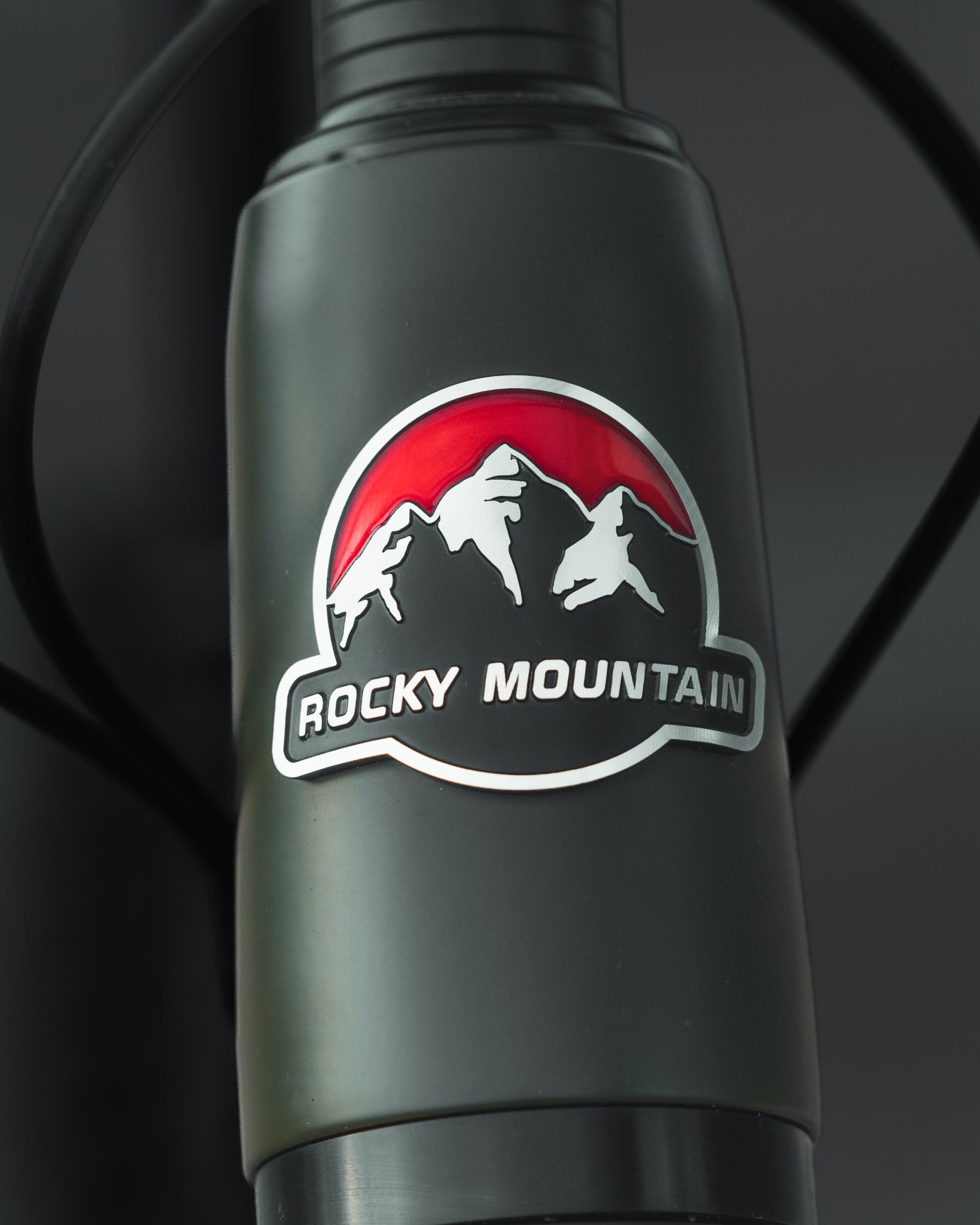
To understand why they go to so much effort in producing the best frames, you’ve gotta understand what drives them.
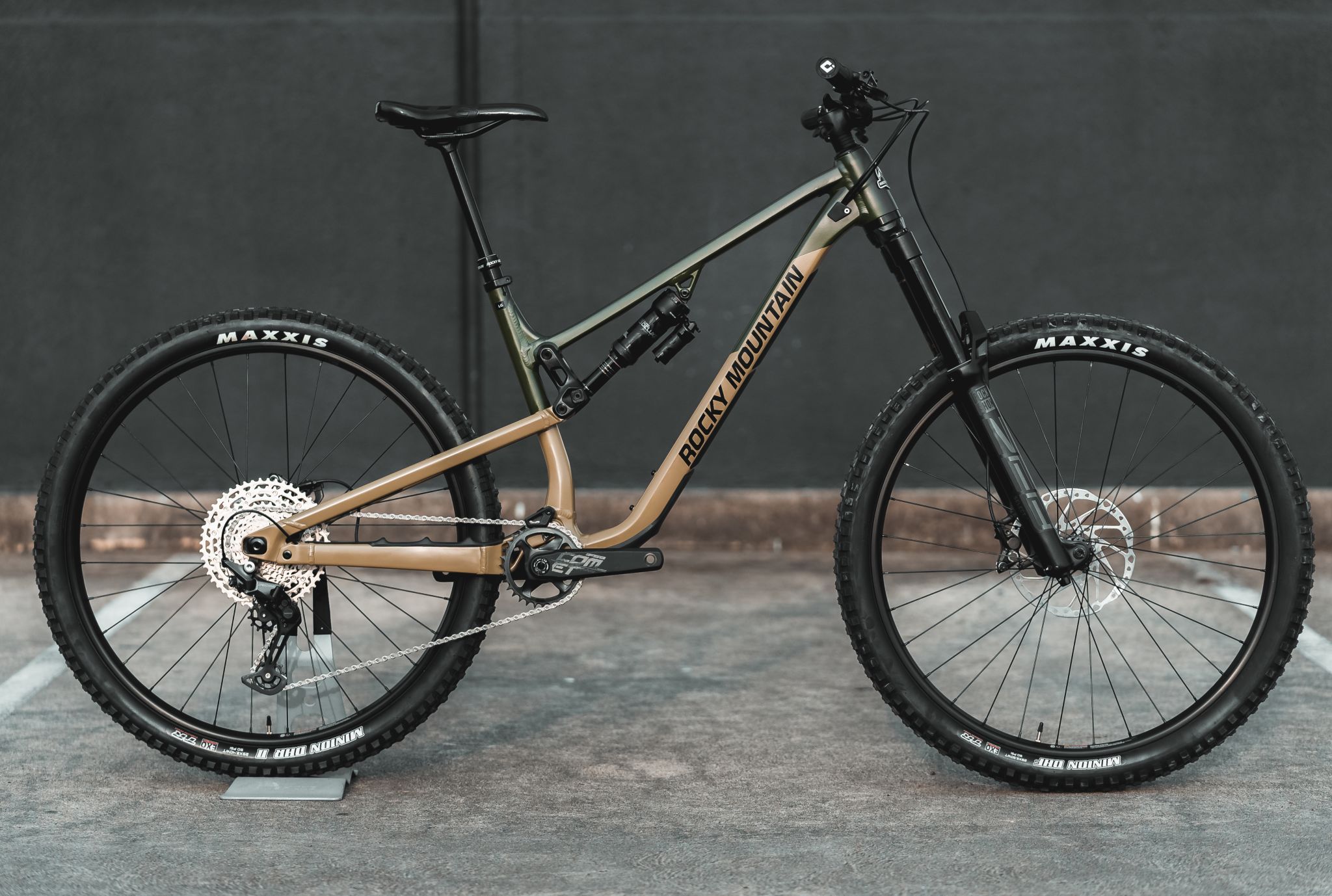
Rocky Mountain has been a brand that cares more about quality than quantity. They’d rather not be the biggest brand in the world and focus on building the best mountain bikes instead.
No, they will NOT be competitive with Giant, simply because they do not churn out as much volume.
And with the likes of the Specialized Enduro or Trek Slash? You bet.
And you may get a level down on the derailleur or cassette. However, Rocky will give you something you can’t upgrade – geometry, handling and suspension kinematics.
Parts can be upgraded, HOW the frame reacts to the trail cannot.
The frame is made from double butted aluminium alloy.
This means material is removed from areas where it’s not required and added to areas where it is required to improve the Altitude’s strength-to-weight.
Less flex = better front and rear wheel tracking and therefore overall handling.
ALTITUDE A30 GEOMETRY
This is the real gold.
One of Rocky’s key design principles is:
“Every bike from Rocky Mountain has to be intuitive, fun to ride, immediately familiar to any rider, but also ready to tear it up at the start line.”
At first, you’d think it’s simply marketing.
It is…But it’s also very true.
Because it’s the exact feedback we get from a lot of our customers over the years.
Their brand new Altitude feels so comfortable to ride that it’s like they’ve been riding it for months.
But why is this the case?
It comes down to 2 words – Geometry and Suspension.
I’m gonna cover geo first.
The Rocky Altitude is a chameleon. It allows riders to adjust the geometry in 9 different positions (called Ride-9).
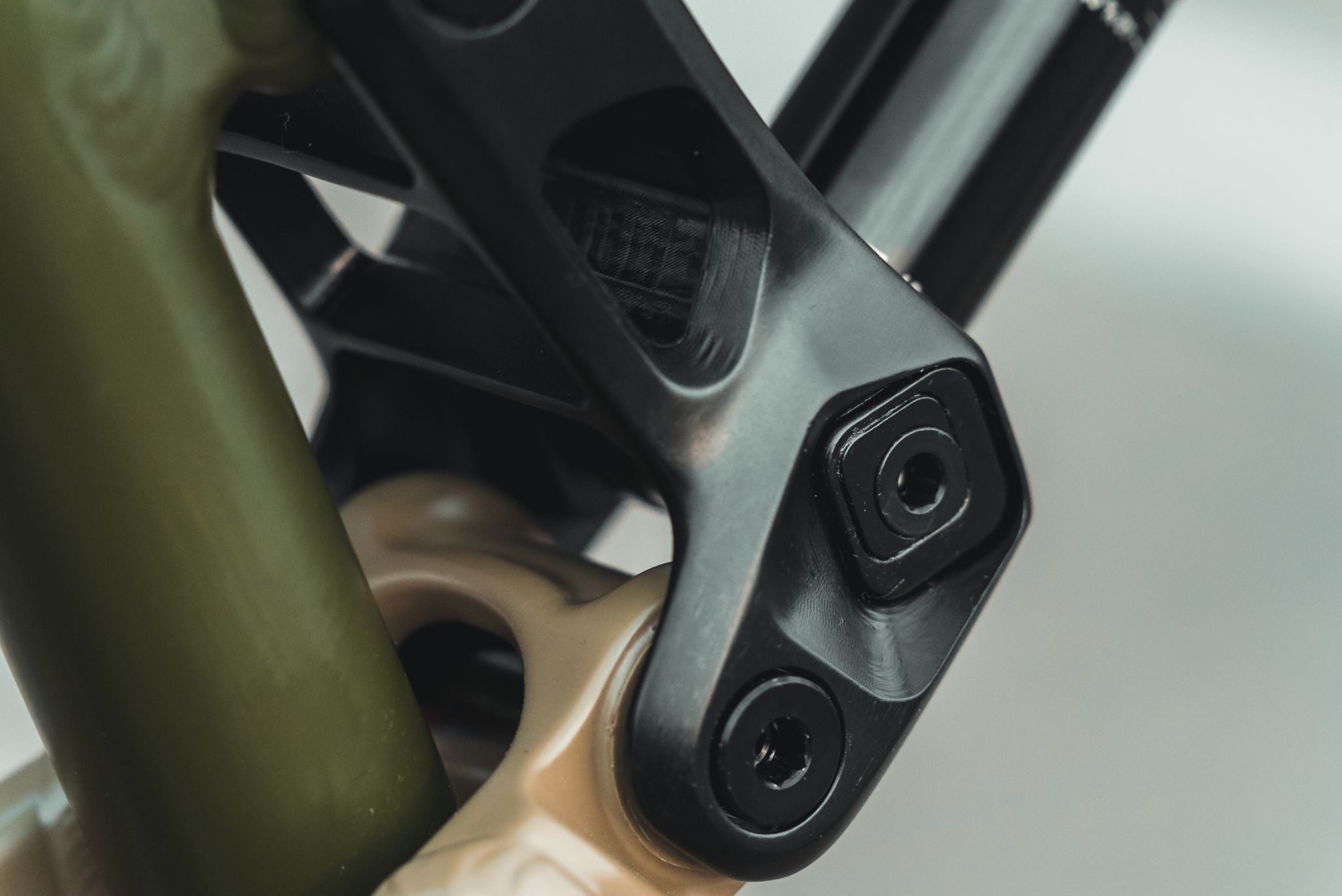
Position 1 = Full Downhill mode.
Position 9 = Full Pedal mode.
Plus it has 2 adjustable chainstay (or rear axle) positions. You can make the Altitude shorter or longer, depending on the terrain and riding style.
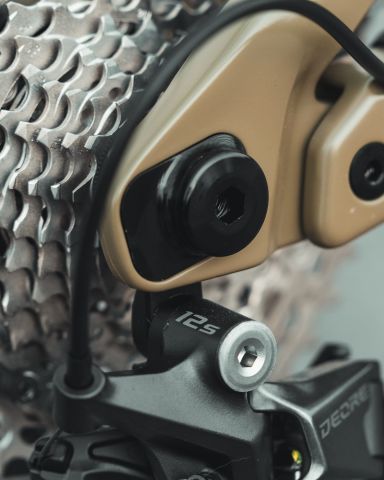
Long = for a more grounded feel – especially on high speed technical trails.
If this all sounds too much, then just leave it in Neutral and just ride.
Giant’s High/Low link is similar in that it also allows the rider to adjust the bike’s geometry.
But there’s 1 crucial difference.
The Altitude not only adjusts the geometry, it’s also adjusting the suspension rate.
This is important because:
In Position 1 (DH mode) you want the suspension to “firm up” as it reaches maximum travel – which is better for descending because you don’t bottom out.
Position 9 does the opposite; it’s the same “firmness” throughout the rear shock’s travel – which is better for climbing.
There’s way more to the Altitude’s suspension than that, but we’ll leave it there.
ALTITUDE A30 COMPONENTS
I mentioned at the start that the Altitude Alloy 30 is exceptional value.
In this section I’m going to outline the A30’s main components and hopefully translate why it’s the best buy for those upgrading or starting out mountain biking.
Starting at the front.
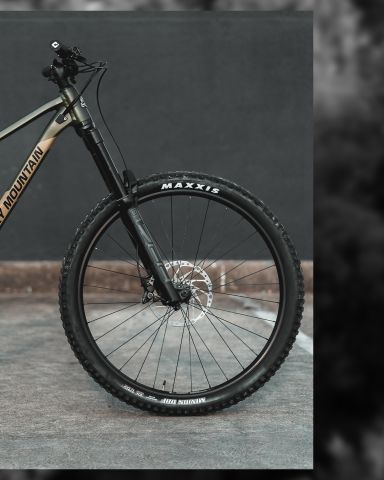
It uses 38mm stanchions (just like the Fox 38) and delivers 170mm of travel on the Altitude.
The ZEB RC allows riders to adjust both compression (“C”) and rebound (“R”).
The ZEB is huge in its physical proportions. It kinda makes the Lyrik and Fox 36 look underweight by comparison.
You’re going to notice a massive difference with the ZEB if you ride trails like Silvan and Red Hill.
Places where you’re riding over rough braking bumps and trail compressions that force the suspension deep into its travel range. Or you’re cornering over deep roots and rocks.
It’s situations like these where the ZEB delivers superb front end grip.
That’s because it’s a huge 21.5% (torsionally) stiffer than the Lyrik AND it has significantly more bushing overlap; so it’s not twisting under high load.
The ZEB’s paired to a RockShox Super Deluxe air shock.
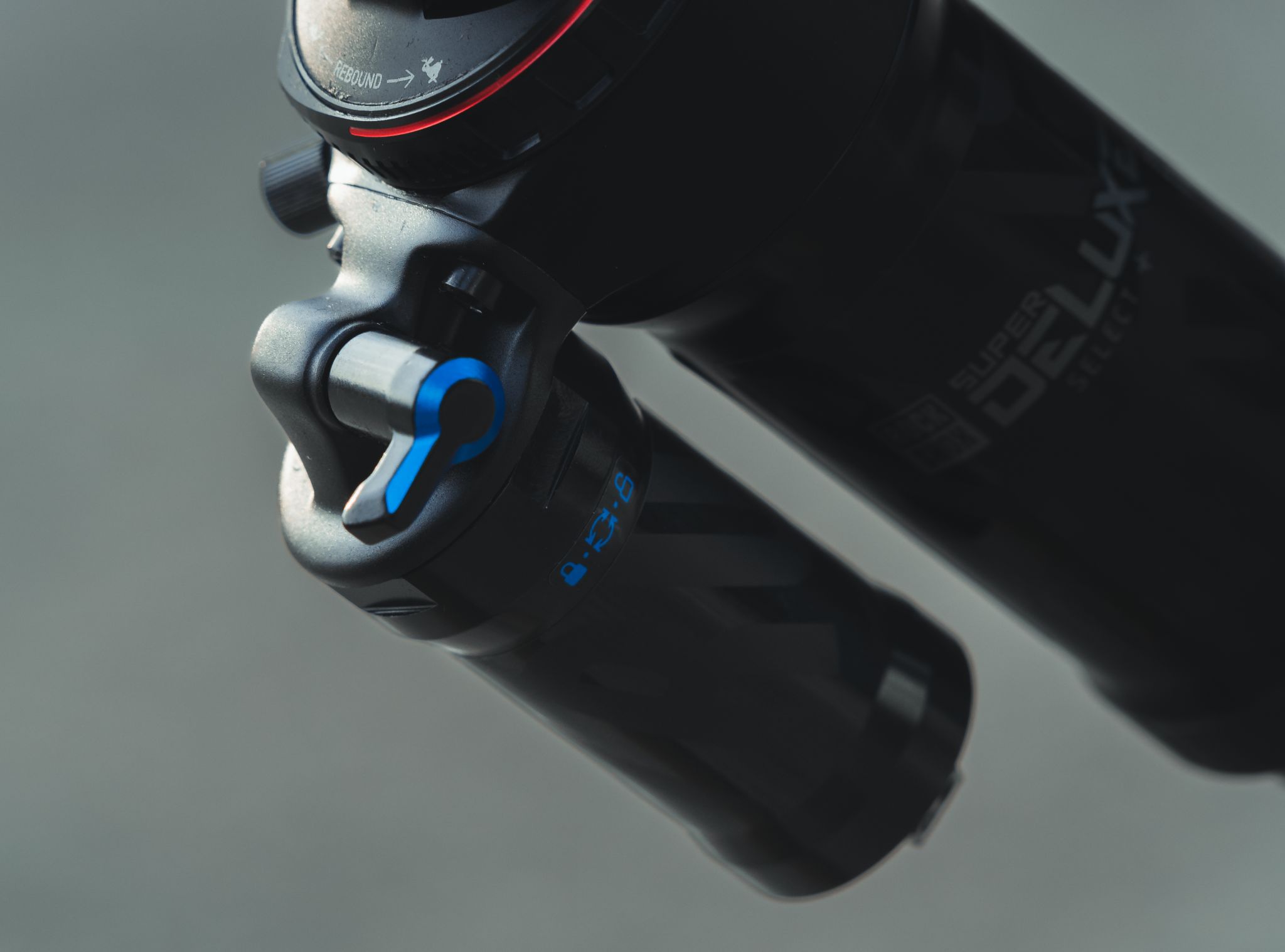
Unlike an inline rear shock, the extra reservoir (the piggy back part) helps cool the shock to minimise overheating. This is important because once the shock overheats it loses its suppleness – sacrificing grip and therefore traction.
Just like the front, the Super Deluxe comes with a lockout (the blue lever) and a rebound adjustment (the big red dial).
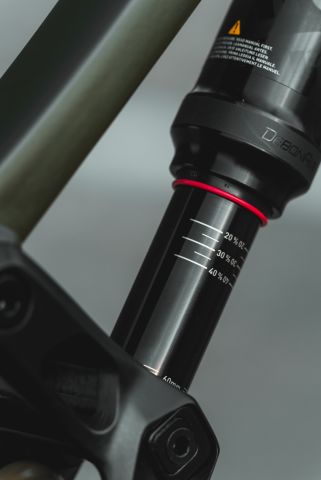
Percentages marked on the black shaft also tell you how much SAG you’re running (and makes setting up the bike SO much easier).
The Altitude is happiest at 30% sag.
Sit on the bike and if the red O-ring hits the 30% mark you’re ready to ride.
Shimano Deore 12-speed components are used for the drive train.
The 12-speed ecosystem gets you access to Shimano’s massive rear gear range; from a tiny 10-tooth sprocket to a massive 51-tooth sprocket. Meaning, smooth gear changes and easier climbing gears.

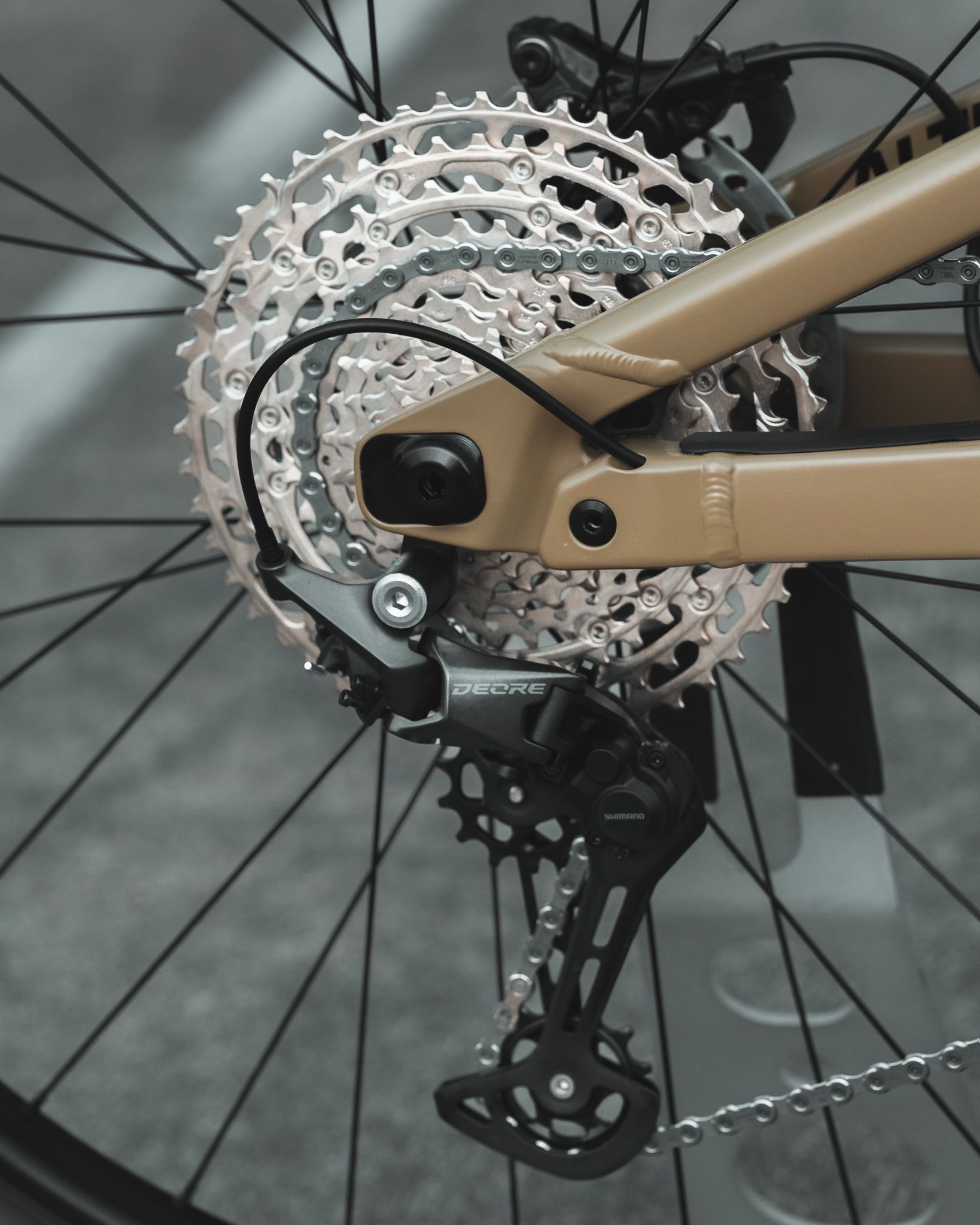
Over time, compatibility doesn’t become an issue either. Riders, you can mix and match different levels (SLX, XT or XTR) of components with the original Deore – because it’s all part of the 12 speed family.
Shimano MT420 hydraulic disc brakes are powerful and use a 4-piston caliper to deliver their braking power.
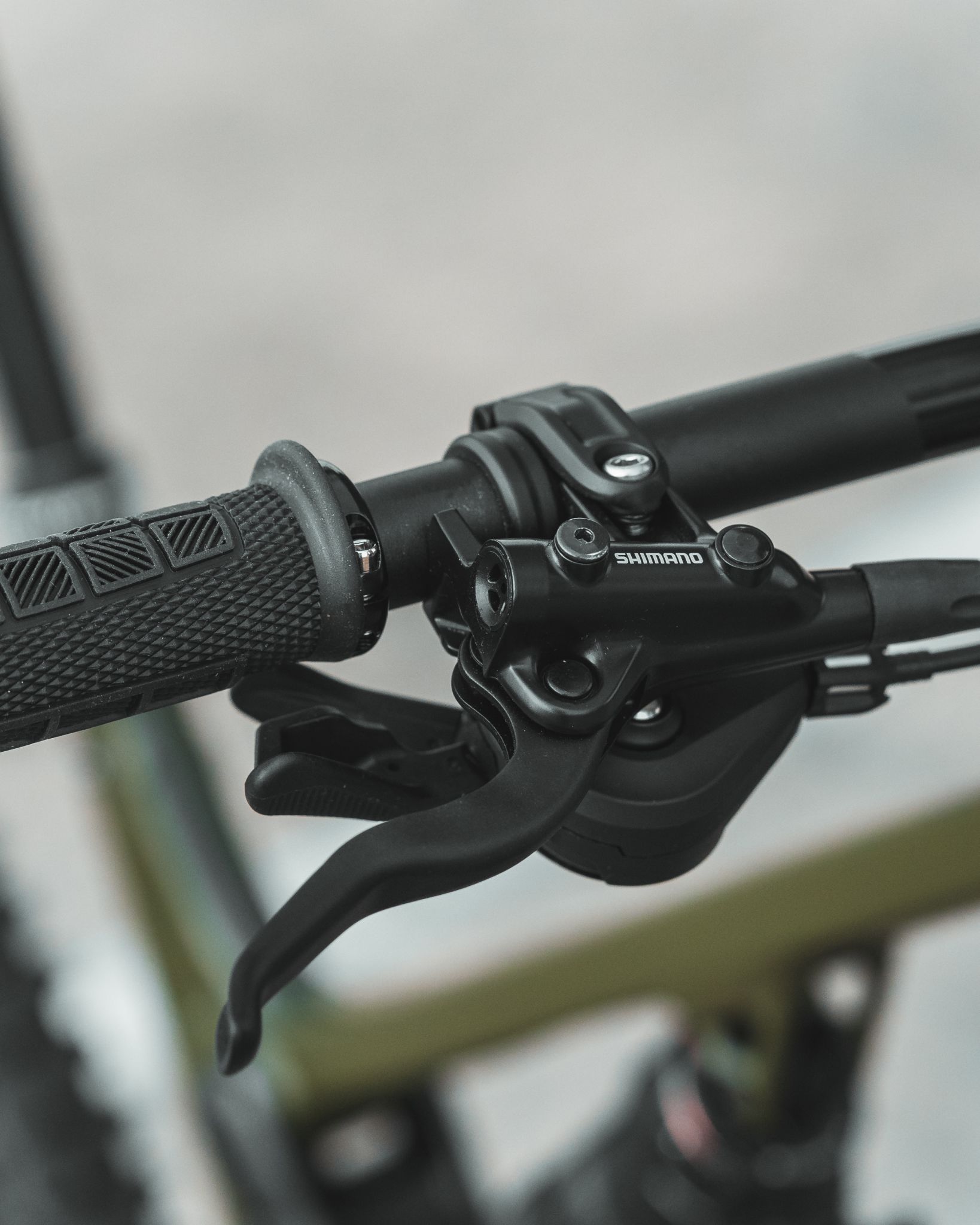
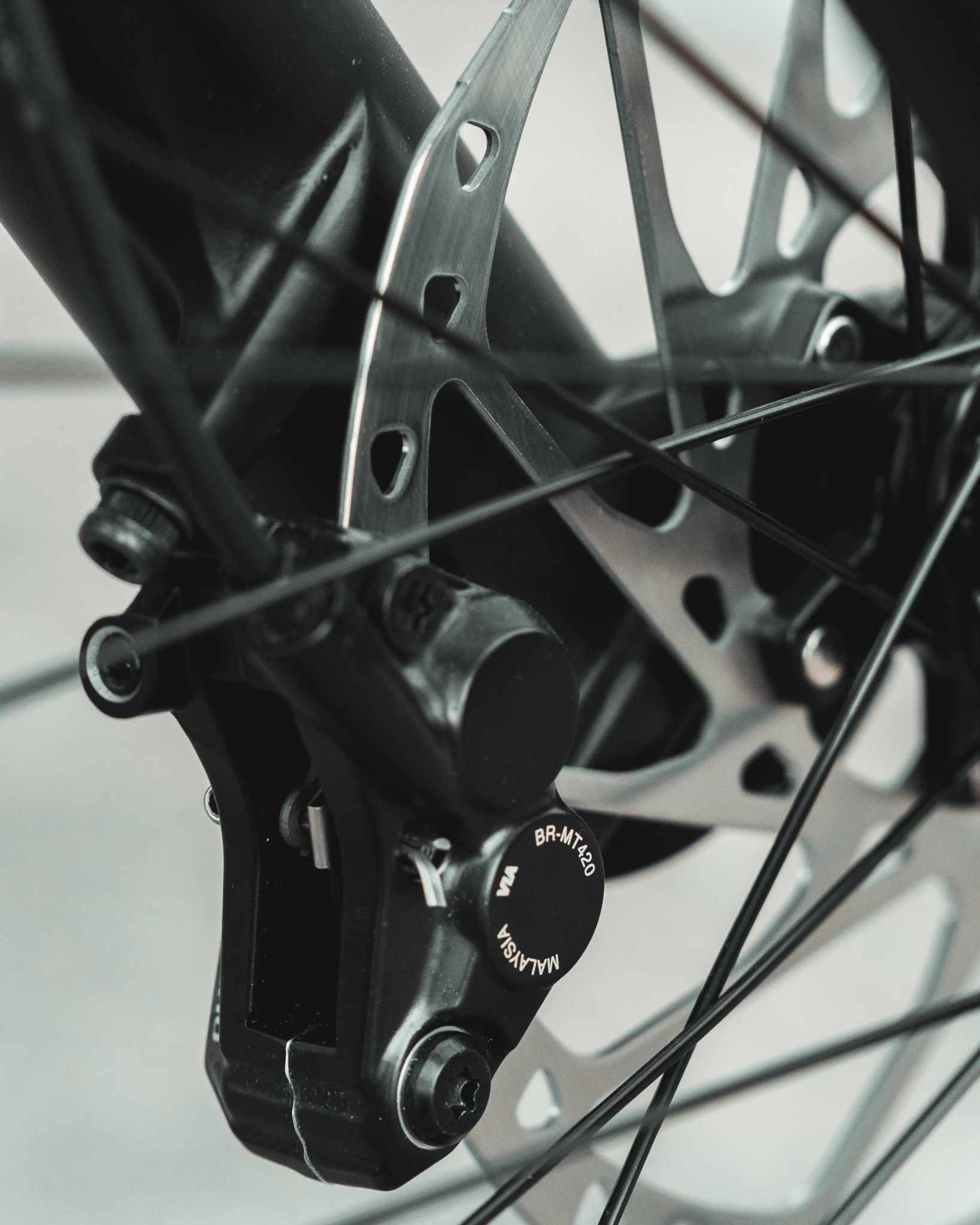
Rocky Mountain’s new Canadarm Shield is located around the chainstay yoke and protects the cables underneath from getting damaged from rocks, mud and other debris.
A OneUp chain guide keeps the chain where it belongs.
And Rocky Mountains Toonie Drop dropper post works without flaw.
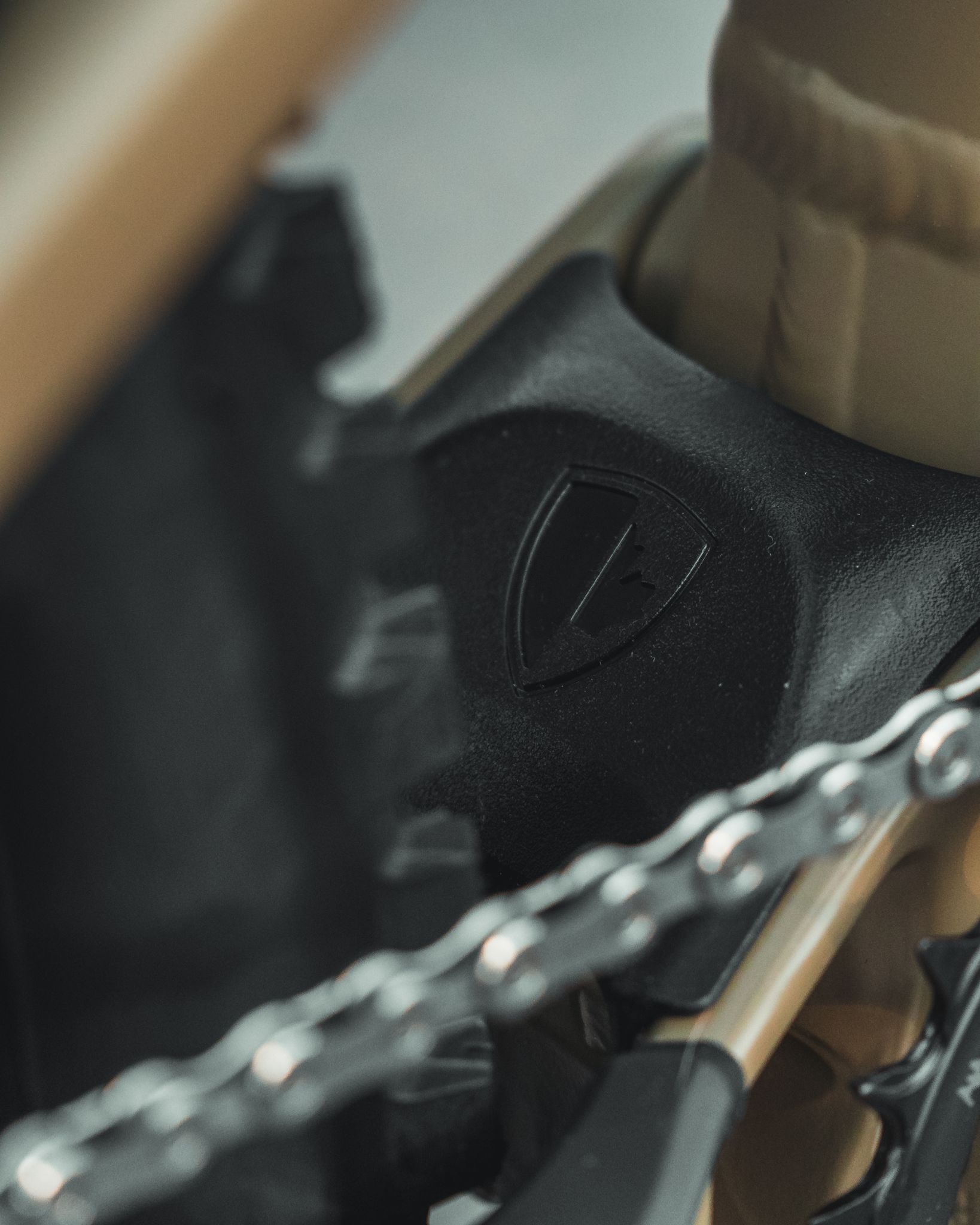
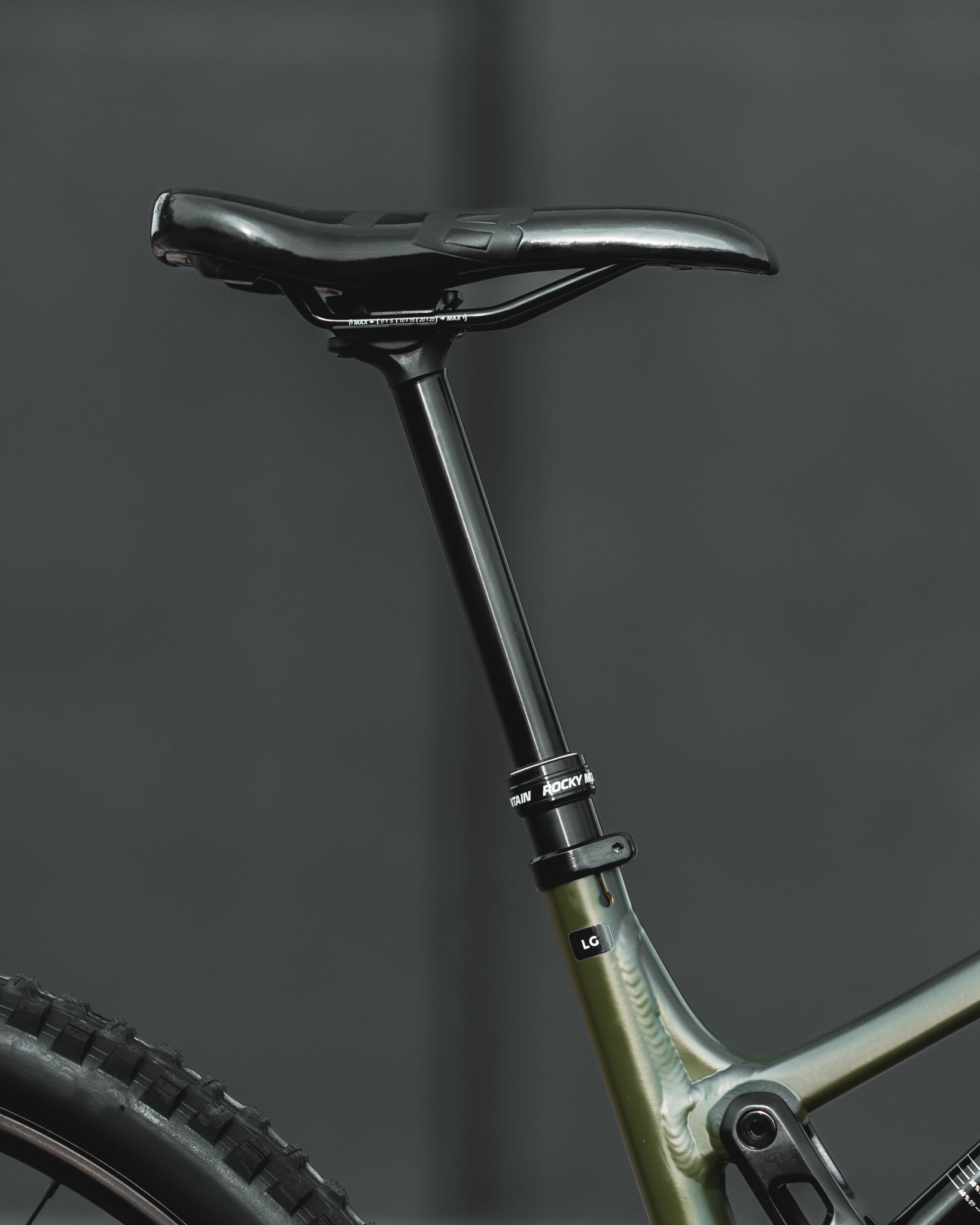
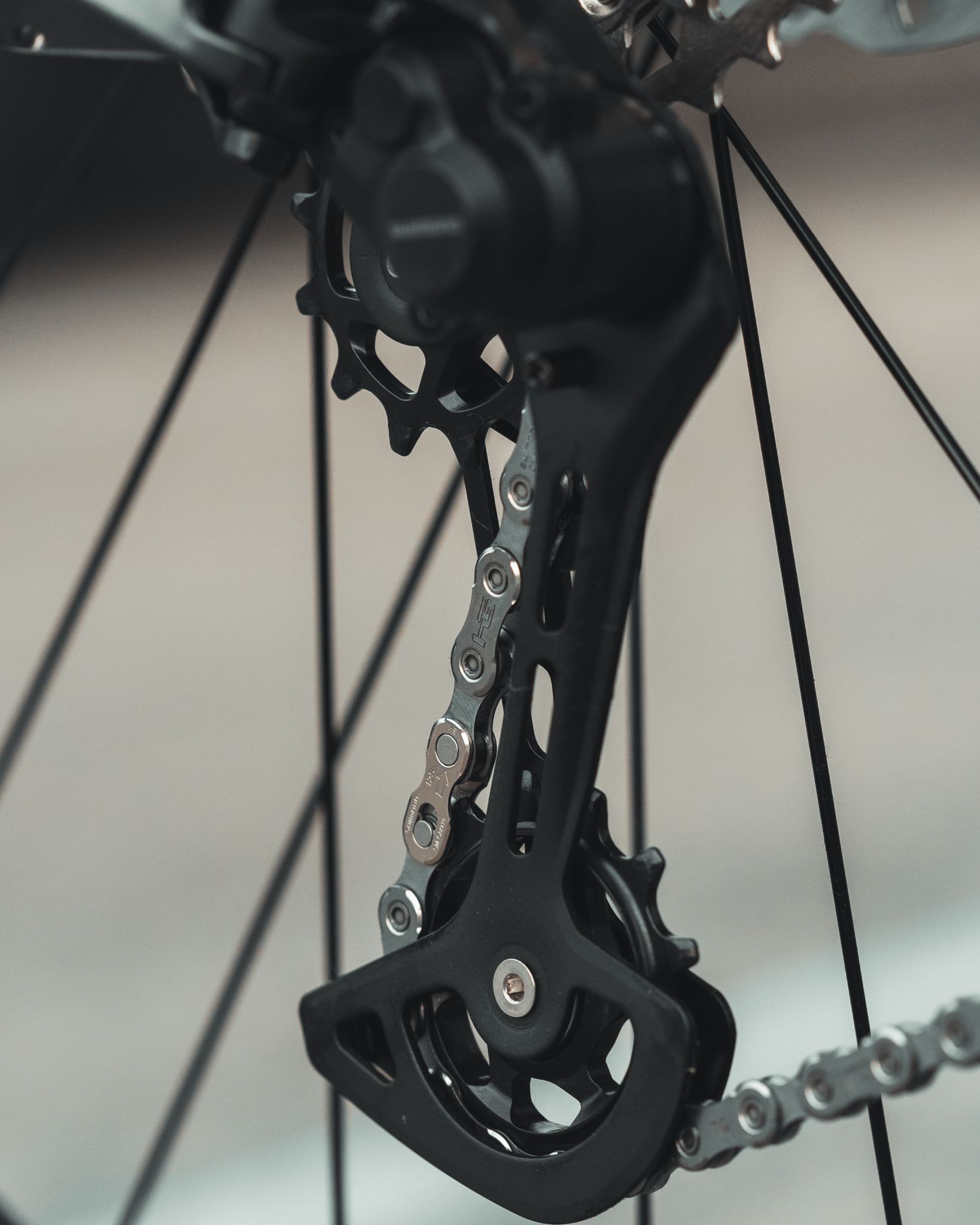

| Size | M, L, XL |
|---|---|
| Rear Derailleur | Shimano Deore, 12 speed |
| Tyres | Fr: Maxxis Minion DHF 2.5 WT EXO Tubeless Ready // Rr: Maxxis Minion DHR II 2.4 WT EXO Tubeless Ready |
| Spokes | Stainless steel, 2.0 |
| Hubs | Shimano MT410, Boost |
| Rims | WTB ST i30 TCS 2.0 Tubeless, 32H |
| Bottom Bracket | Shimano SM-BBMT500 |
| Crankset | Shimano Deore // 32T // 24mm Spindle // 170mm Crank Length |
| Chain | Shimano M6100 |
| Cassette | Shimano Deore 10-51T, 12 speed |
| Brake Levers | Shimano MT4120 hydraulic |
| Brakes | Shimano MT4120 // 4 Piston // Resin Pads |
| Front Guide | OneUp Top Guide // Rocky Mountain Canadarm Mount |
| Colour | Born on the Bayou/War Machine/Black Dog |
| Shifters | Shimano Deore, 12 speed |
| Pedals | NA |
| Saddle | WTB Volt 142 |
| Seatpost | Rocky Mountain Toonie Drop 30.9mm // SM = 125mm // MD = 150mm // LG, XL = 170mm |
| Stem | Rocky Mountain 31.8 AM // 5° Rise // All Sizes = 40m |
| Grips | Ergon GD10 EVO Lock On |
| Handlebar | Rocky Mountain AM // 780mm Width // 25mm Rise // 9° Backsweep // 5° Upsweep // 31.8 Clamp |
| Shock | RockShox Super Deluxe Select+ // Sealed Bearing Eyelet // 25x8mm Hardware // SM = 210x55mm // MD, LG, XL= 230x60mm |
| Fork | RockShox Zeb Select RC 170mm // 27.5 = 38mm Offset // 29 = 44mm Offset |
| Frame | FORM™ Alloy // Full Sealed Cartridge Bearings // Press Fit BB // Internal Cable Routing // 2-Bolt ISCG05 Tabs // RIDE-9™ Adjustable Geometry // 2 Position Axle // 160mm Travel |
| Sizes | S, M, L, XL |
| Notes | Please note that, based on component availability and other factors, specifications are subject to change without notice. |
Be the first to review “Rocky Mountain Altitude Alloy 30 2022 – Beige/Green” Cancel reply
Related products
Bikes



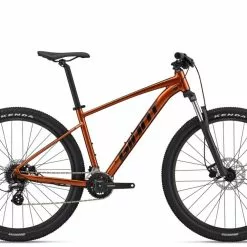


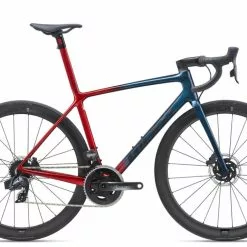

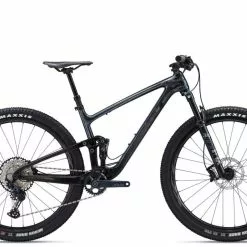
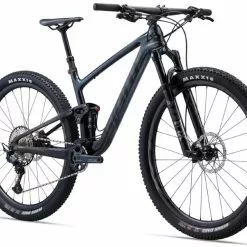



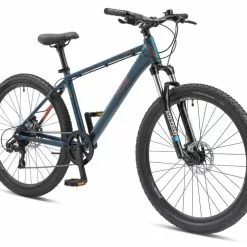
Reviews
There are no reviews yet.